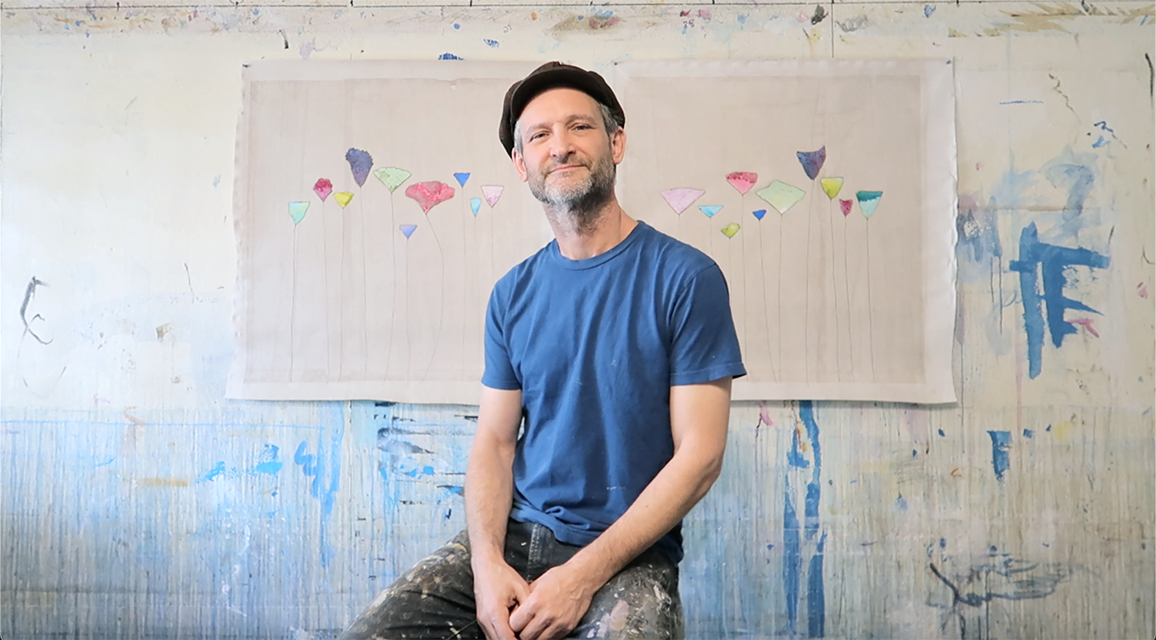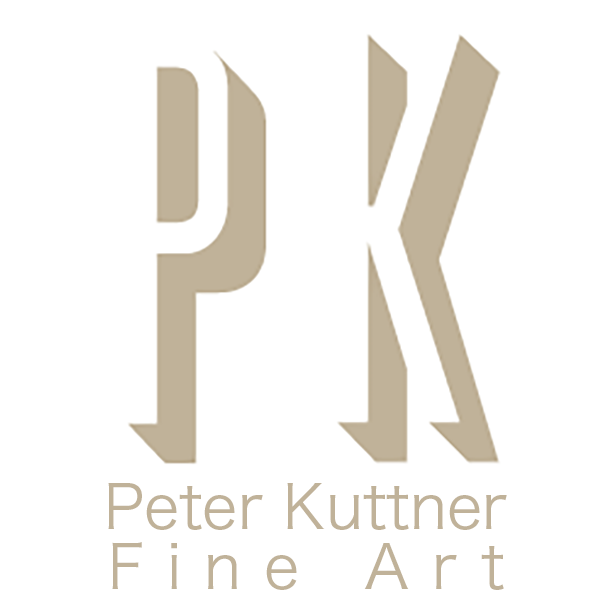
Artist’s Bio
Peter Kuttner earned his Bachelor of Fine Arts from Ringling College of Art & Design in Sarasota, Florida. His artwork has earned acclaim and notable recognition, has been featured in Architectural Digest Magazine and has left an indelible mark on the screens of popular films and television series such as “Two and a Half Men,” “Californication,” and “Nashville.” Distinguished exhibitions showcasing his work include Spectrum Miami and New York, the Architectural Digest Home Design Show, Art & Nature, Presented by Laguna Art Museum, and the ArtExpo Show in New York and London.
Presently, Peter’s creations adorn a multitude of private collections, royal residences, museum, and corporate settings across the globe. His artwork has become a centerpiece in numerous hospitals and medical centers, chosen for its remarkable ability to imbue environments with a palpable sense of positivity. With gallery representation in major cities such as Atlanta, GA, Boston, MA, Carefree, AZ, Chicago, IL, Denver, CO, Los Angeles, CA, Minneapolis, MN, Nashville, TN, Palm Beach Gardens, FL, Phoenix, AZ, Saugatuck, MI, and Tulsa, OK, Peter’s art continues to captivate audiences nationwide.
Artist’s Statement
Immersed in the act of painting, I surrender to the spontaneous evolution of each artwork, embracing gravity and evaporation as my allies in the creative process. I take pleasure in observing the organic processes that unfold, untouched by human intervention, both within and beyond the studio. The ethereal quality of my work emerges delicately, one layer at a time, requiring meticulous care and patience. Hasty methods cannot replicate the organic aesthetic that these layers collectively manifest; they must be allowed to develop naturally.
In my Cut-Out series, inspired by Matisse’s late-career techniques, I utilize the simplicity and economy of design to create straightforward, archetypal pieces. Drawing from familiar yet abstract elements, I aim to suspend viewers in contemplation of the universal nature of imagery. Through the strategic use of negative shapes and a focus on spatial relationships, each piece undergoes meticulous consideration of scale and balance. The works in this series aspire to be colorful, contemporary, sophisticated, and uplifting.
In my Billboard series, I craft time capsules that intricately explore the delicate balance between serenity and turmoil within our contemporary world. Fascinated by the integration of found objects, upcycled books, magazines, newsprints, and various printed materials, I construct modern archives that prompt viewers to reflect on their transient significance. These unique creations provide a whimsical reinterpretation of our cultural collective consciousness, offering a blend of humor and introspection.
